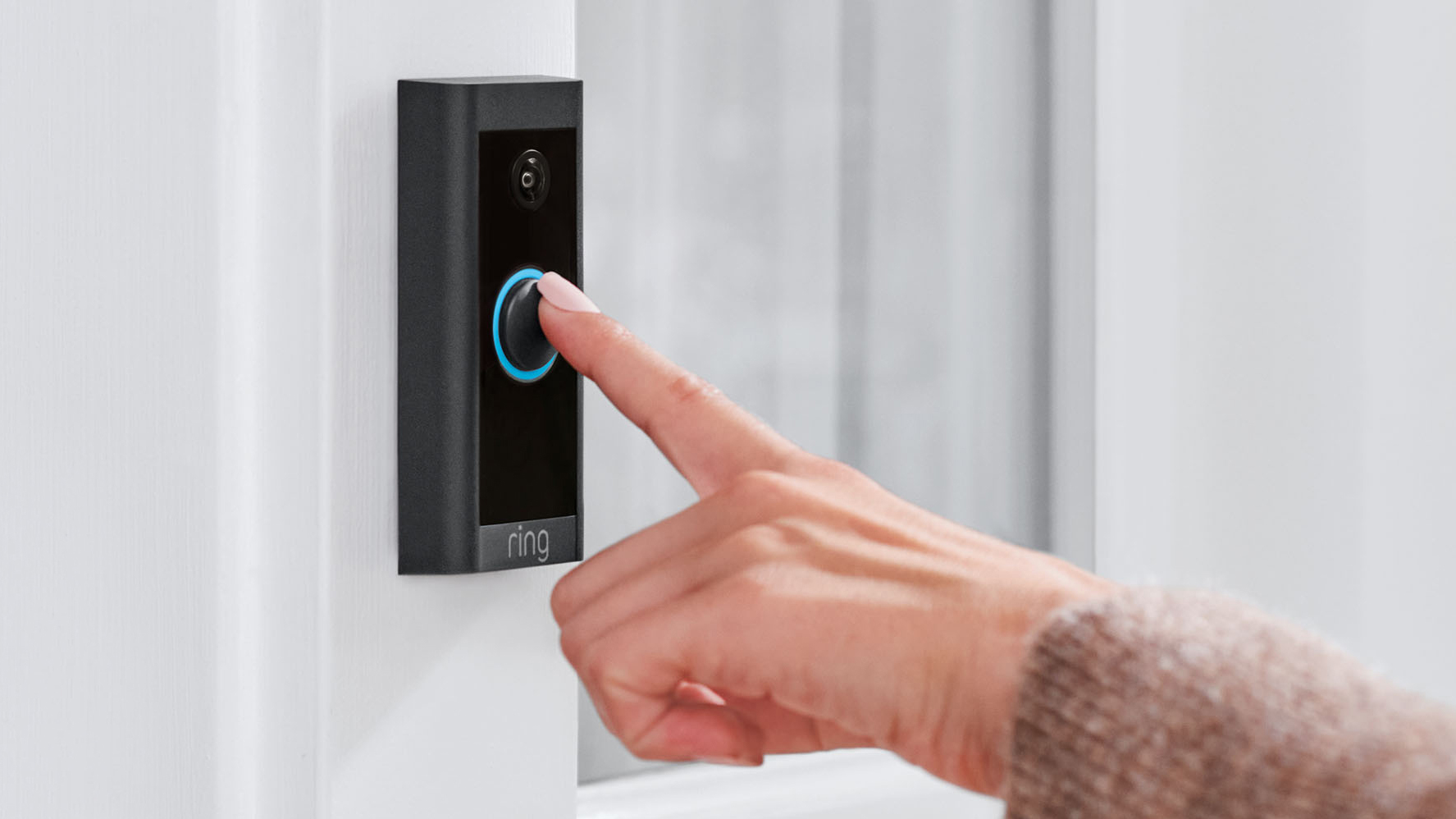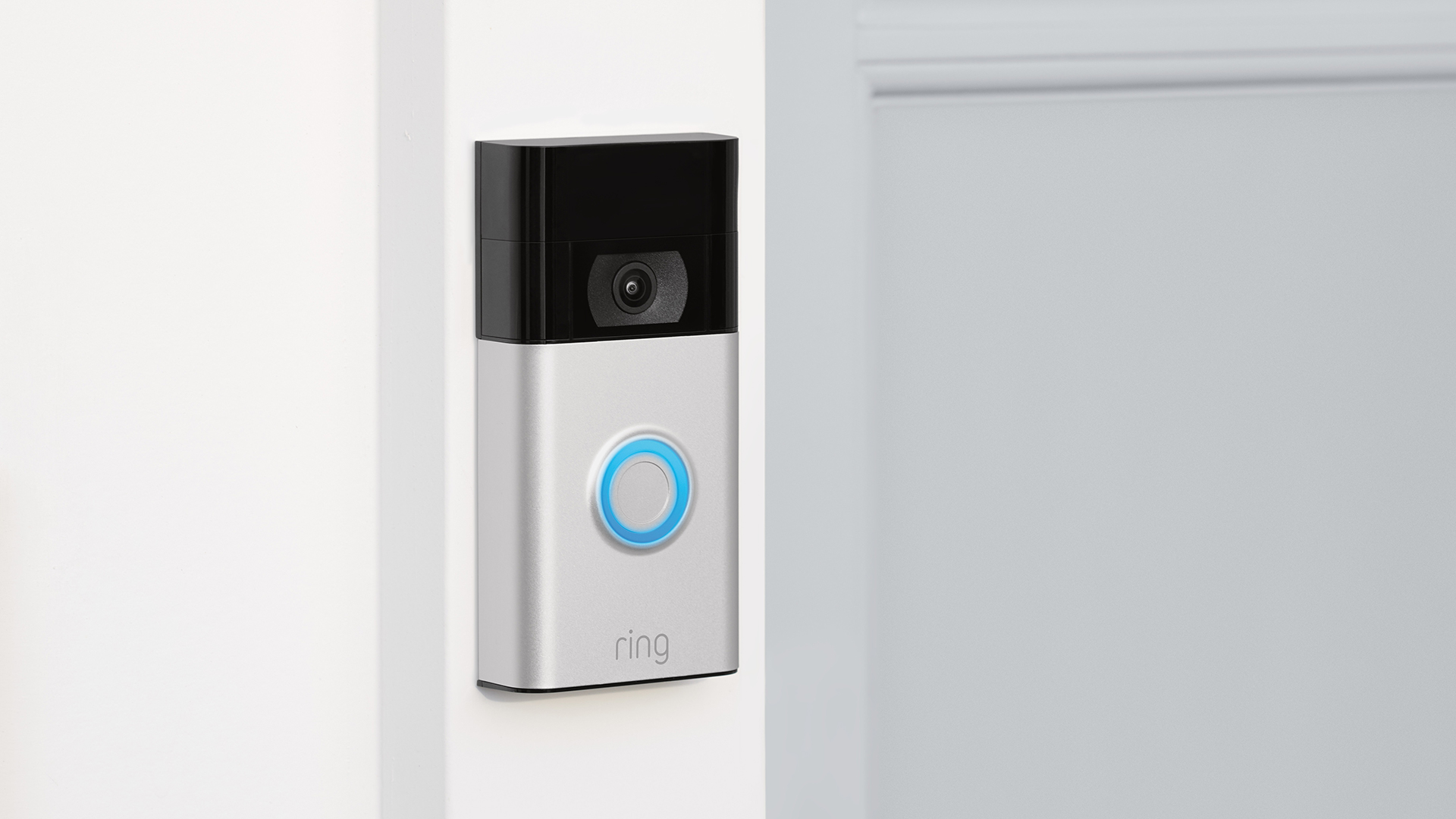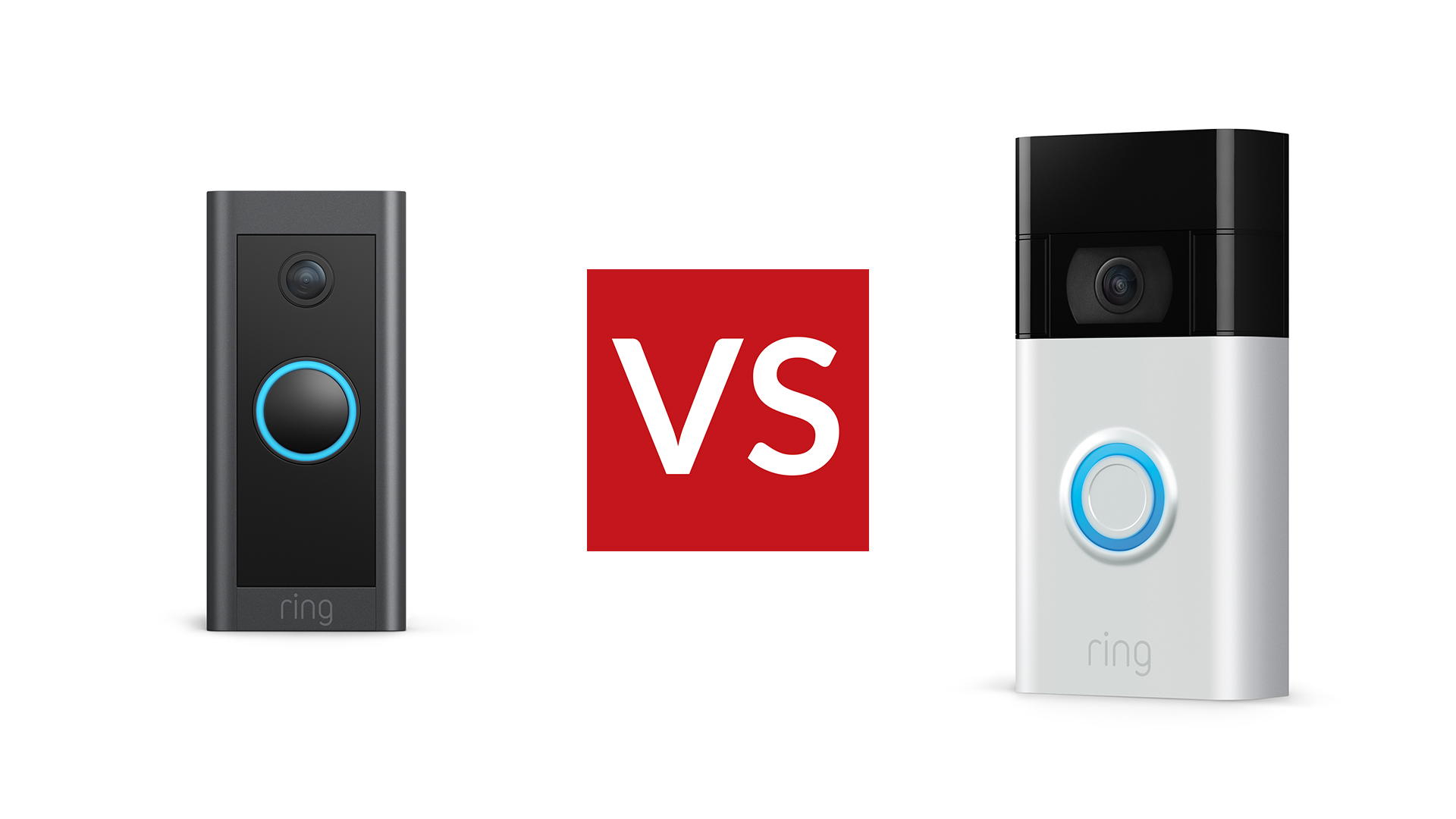Ring Video Doorbell Wired vs Ring Video Doorbell 2nd Gen: which one is right for you?
Which cheap video doorbell should you get? We compare the latest Ring models


A few years ago the best video doorbells were really quite an investment financially, but the technology has matured rapidly and prices have plunged to the point where now, in 2022, there are multiple cheap video doorbells to choose from.
Two of the best cheap video doorbells come from Ring in the form of the Ring Video Doorbell Wired and Ring Video Doorbell (2nd gen). As you can guess, one product followed the other, but both are still available on the market and both offer a good experience.
Obviously, price is a differentiating factor, but there are other differences, too, and that is what this feature is designed to highlight.
We'll explain everything you need to know about these two models here, though if you're wondering about Ring's more expensive models, see our guide to the Ring Video Doorbell 2nd gen vs Ring Video Doorbell 3, and our Ring Video Doorbell 3 Plus review.
Ring Video Doorbell Wired vs Ring Video Doorbell 2nd Gen: Price & release date
The Ring Video Doorbell Wired is is the cheapest ever doorbell from the company, costing just £59/$59. It's brand new – its release date is May 2021.
The Ring Video Doorbell 2nd gen was released in 2020, and costs £89/$99/AU$149. It was Ring's cheapest doorbell, but now it's been undermined.
Both are available in bundles with Ring's wireless indoor Chime unit, and you may also need to consider adding Ring's Plug-In Adapter to the Video Doorbell Wired, depending on your situation (as we'll explain in a moment).
Get all the latest news, reviews, deals and buying guides on gorgeous tech, home and active products from the T3 experts
Neither doorbell requires a Ring Protect subscription for basic use (ie, getting a notification when someone presses the button or movement is detected, and watching video feeds live). But if you want them to record videos in the same manner as the best security cameras, then you will need a subscription. To cover one doorbell costs £2.50/$3/AU$4 per month, or £24.99/$30/AU$40 per year.

The Ring Video Doorbell Wired needs the right cabling, but it's small and relatively discreet.
Ring Video Doorbell Wired vs Ring Video Doorbell 2nd Gen: Installation and setup
Right here we see the major difference between these two products, and it's hinted in the name: the Ring Video Doorbell Wired requires wired power, while the Ring Video Doorbell (2nd gen) can run on either battery power or wired power.
The idea with the Ring Video Doorbell Wired is to connect it to your existing doorbell wiring where possible – Ring officially lists it as needing 8-24 VAC, 40VA max, 50/60Hz or 24VDC, 0.5A, 12W.
If you don't have doorbell wiring, or it isn't suitable, you can get Ring's Plug-In Adapter, which uses a standard plug to provide power, and a 6m cable – but you'll need a way to run the cable from the inside of your house to the outside, and really, with the extra cost, you might as well just pay for the battery-powered version and avoid this issue.
We should also note that despite being wired, this won't work with any existing doorbell chimes. The only chimes Ring doorbells work with are the company's own wireless models, or you can use Alexa smart speakers as chimes.
The Ring Video Doorbell (2nd gen) can also be wired if you have the cabling and want to power it this way, but the big advantage is that it has a rechargeable battery built-in, which typically lasts around a month (but will depend on how active your doorbell is – if you have it recording every bit of motion on a busy street, it'll run down quicker than if you have it just acting as a remote doorbell).
You have to remove the whole unit from the wall (using some security screws) to charge it, which is a little inconvenient, but it's no problem generally, and it'll charge in a few hours. (The Ring Video Doorbell 3 and upcoming Ring Video Doorbell 4 have swappable battery packs, so don't need to be unmounted.)
Both models come with key tools in the box, including screws and correct-sized drillbits, so that mounting is a fairly easy process. Ring also makes additional angled mounting panels, so you can point the camera in the most useful direction – neither models comes with these in the box, though.
Actually getting Ring's video doorbells up and running is really easy through the app – it takes just a few minutes, and the app takes you through everything step by step. Our only major tip is that you should set the doorbell up before mounting it, so that you can test the quality of its connection to your router before you do any drilling, in case there are any issues.

The Ring Video Doorbell 2nd Gen offers all the same features as the Wired version, but with the flexibility of battery power.
Ring Video Doorbell Wired vs Ring Video Doorbell 2nd Gen: Features & design
The good news for making this decision simple is that these two models are practically identical when it comes what they do, and how they work. Both connect wireless to your Wi-Fi network so they can beam notifications to your phone when someone presses the doorbell – or, optionally, when they detect movement.
You can choose specific areas to look for motion in, and you can also create privacy zones, literally blocking out sections of the sensor's video capture, if your view captures more of the neighbour's window than you'd like.
Both cameras capture 1080p HD video with a 155-degree field of view, which is wide enough to capture basically anything happening at your door nice and clearly.
When you get a notification, you can connect to them for a live viewing of the video feed, and while in this, two-way communication is also possible – so you could tell a guest to come around to the garden, or ask a courier to leave your package somewhere specific.
Both models feature night vision that offers solid visual clarity in black and white. As mentioned above, they don't store any video by default, but a Ring Protect plan adds cloud storage, so you can access the videos they record from anywhere.
The Ring app is one of the better examples of its kind. It's very easy to access your devices and see their live feed or settings, and tweaking those settings is fairly intuitive overall. The options are quite granular, but are presented simply, so it's easy to take good control of how you want it to behave.
The History section is a useful way to see motion detection events, or when you choose a specific device, you get a 'timeline' view – both are very accessible. I mention about choosing a "specific device" there, because Ring makes any number of other home security products and cameras, and they're all housed here, if you choose to dive into the ecosystem.
The two doorbells do differ when it comes to design. The cheaper Ring Video Doorbell Wired is smaller (thanks to not having to fit in a battery pack), and its design is a little sleeker, I'd say. It comes in black only (though you can buy other faceplates online).
The Ring Video Doorbell 2nd gen is chunkier and more techy, but it comes with the option of silver or bronze faceplates.

Left: Ring Video Doorbell Wired. Right: Ring Video Doorbell 2nd Gen.
Ring Video Doorbell Wired vs Ring Video Doorbell 2nd Gen: Conclusion
The price difference between these two products is quite large in percentage terms, but it's not so big in real money, which means there's a fine line for choosing between them.
If you have the right wiring for the Ring Video Doorbell Wired, and you like its smaller and sleeker design, then you should absolutely pick it. The only downside in that case is that if you move house, it may not be the best option for that house in the future.
However, if you don't have the correct wiring already, you'll have to buy an adapter, which means you're nearly paying the same price as the the more expensive model – so in that case, the extra flexibility of the battery in the Ring Video Doorbell 2nd Gen makes it the better choice for most people.

Matt is T3's former AV and Smart Home Editor (UK), master of all things audiovisual, overseeing our TV, speakers and headphones coverage. He also covered smart home products and large appliances, as well as our toys and games articles. He's can explain both what Dolby Vision IQ is and why the Lego you're building doesn't fit together the way the instructions say, so is truly invaluable. Matt has worked for tech publications for over 10 years, in print and online, including running T3's print magazine and launching its most recent redesign. He's also contributed to a huge number of tech and gaming titles over the years. Say hello if you see him roaming the halls at CES, IFA or Toy Fair. Matt now works for our sister title TechRadar.